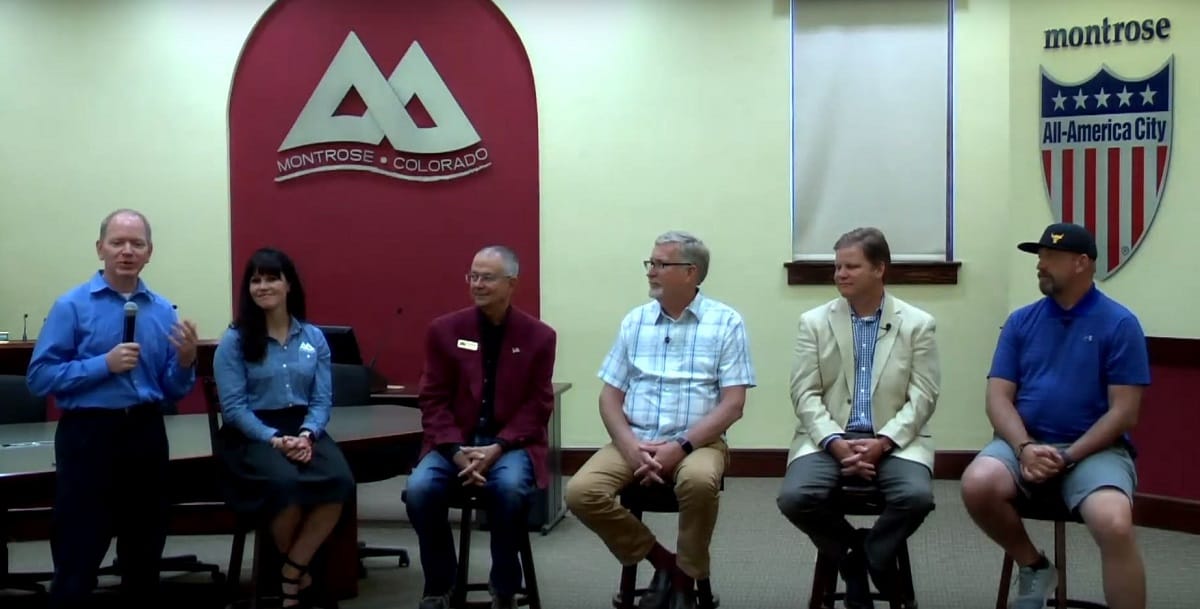Rural Telecommunications Congress Webcast Series Begins with Focus on Collaboration on Colorado’s Western Slopes
MONTROSE, Colorado, July 2, 2019- Policymakers and providers agree that collaboration is vital to sustaining high-quality broadband in rural communities. However, there is still work that needs to be done to deploy high-speed symmetrical broadband, panelists said Tuesday at a rural broadband webcast

MONTROSE, Colorado, July 2, 2019- Policymakers and providers agree that collaboration is vital to sustaining high-quality broadband in rural communities. However, there is still work that needs to be done to deploy high-speed symmetrical broadband, panelists said Tuesday at a rural broadband webcast hosted by the Rural Telecommunications Congress.
Not only Montrose but the entire region of Western Colorado is benefiting from this effort, said Virgil Turner, Montrose’s director of innovation and citizen engagement,. What’s most “exciting,” he said, is that Colorado’s Western Slopes has been placed “on the radar” for broadband and rural communities are being transformed for the better.
Many of the people and businesses that have migrated to Montrose would not have done so without access to high-speed symmetrical broadband internet, said Roy Andersen, member of the Montrose City Council. This level of connectivity attracts high-income people who produce low pollution, which is “the kind of growth we want to see,” he said.
Furthermore, this influx of high-speed connectivity inspires more people to take on remote jobs, said Dennis Lankes, co-founder of Proximity Space. Because of the gig economy, people can “facilitate their lives” and work where they have both opportunity and convenience.
The demand for fiber-optic networks stemmed from the local community’s outcry for “dependable and low-cost service,” said Kent Blackwell, chief technology officer at Delta Montrose Electric Association and Elevate Internet. In 2014, the DMEA started to build a “middle-mile network” of fiber between their sub-stations in order to improve communication links.
Currently, Blackwell said, DMEA’s Elevate Internet division offers 1 Gigabit broadband service to consumers for $79.95/month, and 100 Megabit per second broadband at $49.95/month.
Developing fiber reliability is not so easy. However, “once you’ve got it into the ground, you’ve crossed a major threshold,” said Drew Clark, president of the Rural Telecommunications Congress and moderator of the discussion. Clark is also editor and publisher of BroadbandBreakfast.com.
Going forward in facilitating rural broadband innovation, the “key principle” is to never take ‘no’ for an answer if a community needs better broadband, said Turner.
Equally important is recognizing that the local government can be an important facilitator in overcoming obstacles, said Lankes. “Your local municipal group is not an adversary,” he said.
Rural communities cannot “sit back” and allow progress to happen on its own. Although “vocal minorities” may object to further development of high-speed broadband, political leaders must not bend to their will and use their resources to prevent stifling of innovation, said Lankes.
(The Video program begins immediately with the livestream)









Member discussion